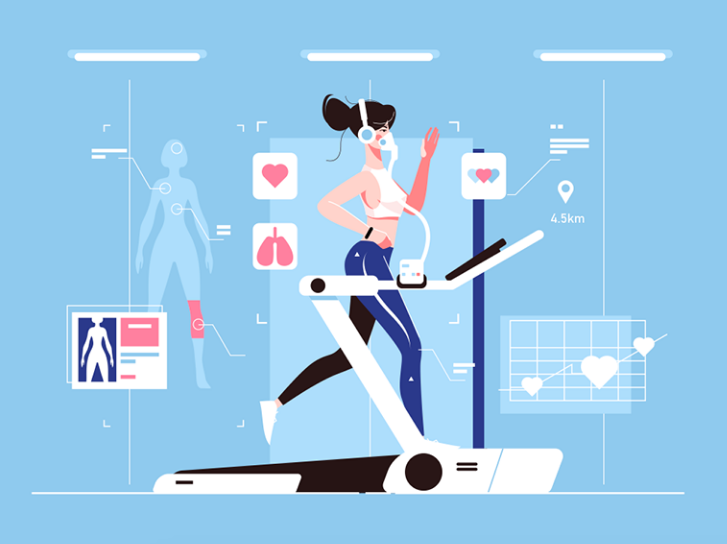
THE BENEFITS
Helps maintain mental wellbeing by releasing endorphins ("feel-good" chemicals)
Improves psychological well-being (less stress, anxiety, and depression)
Improves mood, energy levels, and sleep
Improves self-confidence and resilience
Shared physical activities can give a sense of belonging and companionship, as well as some relief of social pressure, which can help those who have social anxiety
Decreased stress
Lower risk of disease
Help keep your thinking, learning, and judgment skills sharp as you age
Improves weight management/control
Increases good cholesterol while decreasing the bad
Improves blood glucose balance and the body's ability to use insulin (hormone that helps regulate blood sugar levels)
Reduces blood pressure
Improves heart function and blood flow
Strengthens your bones and muscles
Improves ability to do daily activities
Increases chances of living longer
Can prevent, reduce, or reverse the effects of many chronic diseases such as cardiovascular disease, diabetes, cancer, hypertension, obesity, depression, and osteoporosis
PHYSICAL ACTIVITY BENEFITS FOR CHILDREN (ages 5-11)
Develops strength, heart health, and bone density
Seeing and appreciating what your body can do can help build positive body image, self-worth, and self-esteem
A child is less likely to develop unhealthy habits to reach a so-called physical ideal if they have a healthy perception of what 'looking good' means, and understand that it comes from healthy, balanced habits
Creates opportunities for socializing
Improves fitness
Increases concentration
Improves academic scores
Healthy growth and development
Improved self-esteem
Better posture and balance
Lower stress
Children aged 5-11 should get at least one hour of moderate to vigorous-intensity physical activity daily
Tips to help kids get active:
Encourage walking, riding a skateboard/bike, or running to school and getting active as a family
For those who have dogs, ask them to walk them with you
Include physical activity in some chores/tasks, like when raking leaves, shovelling snow, or carrying the groceries
Encourage them to dance to some music
Replace computer and TV time with an activity, or reduce screen time
Build active opportunities into daily classroom routines
Encourage students to join a school sports team
Take kids to the playground/park to play
PHYSICAL ACTIVITY BENEFITS FOR YOUTH (ages 12-17)
Make new friends
Do better at school
Increase your concentration
Improve your self-esteem
Build stronger bones and muscles
Improve your mental health and fitness
Improve your posture and balance
Reduce your stress
Have a strong heart
Helps with health growth and development
Tips to help you get active
Aim to do an hour of moderate to vigorous-intensity activity every day
Walk, run, or ride a bike/skateboard instead of getting a ride
Do something you enjoy (e.g. run, swim, skateboard, snowboard, ski, or skate)
Walk your pet
Dance to your favourite music
Join a sports team at your school
Choose activities you like or experiment with something new
Set physical activity goals (with family or friends)
Reduce screen time
PHYSICAL ACTIVITY BENEFITS FOR ADULTS (ages 18-64)
Can help to reduce the risk of premature death and chronic diseases (e.g. coronary heart disease, stroke, hypertension, cancer, diabetes, and osteoporosis)
Can improves overall sense of wellbeing by improving fitness levels and self-esteem, reducing the effects of stress, increasing energy, and contributing to positive mental health
Maintains balance, strength, flexibility, and coordination
Can reduce the risk of falls as it helps prolong good health and independence
Tips to get active
Be active at least 2.5 hours a week
Choose a variety of physical activities you enjoy (e.g. weightlifting
Get into a routine/Do planned exercises (e.g. go to the pool, hit the gym, join a spin class, or set a regular run)
Limit the time you spend watching TV or sitting in front of a computer during leisure time
Use active transportation to get to places by walking, biking, or running instead of taking the car whenever you can
Join a sports team
Set a goal and make a place

